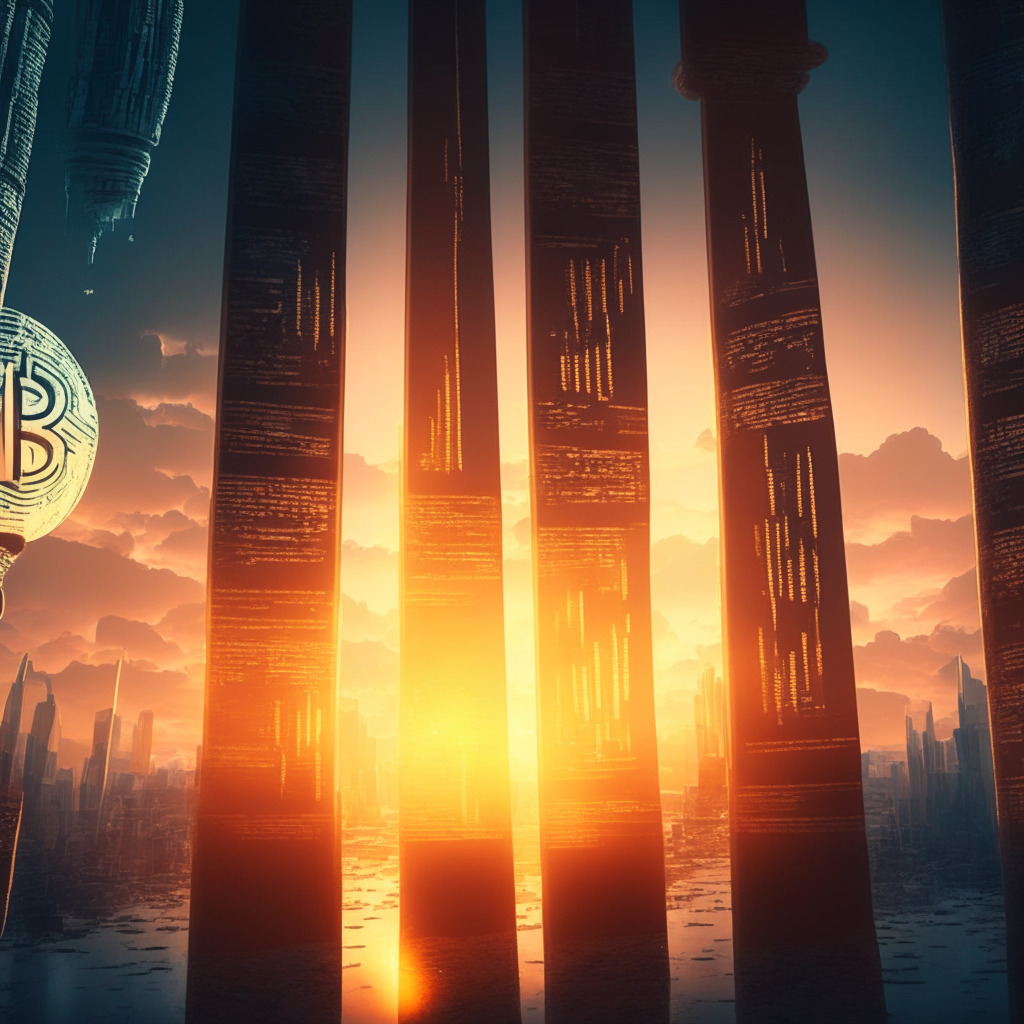A expansive study conducted by World Federation of Exchanges (WFE) offers a fascinating snapshot of the contrasts within the financial landscape regarding cryptocurrency integration. Serving as a trade association for traditional financial exchanges, the WFE survey encompassed its member exchanges, fine-tuning an overall sentiment towards the integration of crypto-related products and services.
One captivating takeaway from the study is the split between those catching the crypto wind and those remaining on the traditionalist shore. With 41% of global exchange respondents – including heavyweights such as Nasdaq, Deutsche Borse, and Switzerland’s SIX Group – already active in the cryptocurrency arena, the figure suggests a noticeable industry shift. Nonetheless, a resistance force remains, constituted by over a third of the survey’s respondents, who expressed zero plans for such integration.
The complexity intensifies when one considers the type of demand. While there’s a palpable appetite for crypto products, it divides along retail and institutional lines. The WFE survey illuminated retail investors’ interest in contemporary digital assets like non-fungible tokens (NFTs) and stablecoins. On the flip side, institutional investors gear their preferences more towards security tokens and custody services.
Projected futures also vary among the traditional exchange individuals. A mere quarter foresee crypto assets becoming mainstream in the upcoming half-decade. This cautious outlook underlines the perceived uncertainty clouding the crypto sphere.
The timing of this study adds an intriguing layer to the conversation. Conducted a few months before the shocking collapse of the crypto exchange FTX – a seismic event that sent ripples of apprehension through the industry, sparking renewed worries around opaque business ethics and regulatory ambiguity associated with cryptocurrencies – it’s conceivable that some participants’ responses might shift if asked today.
As we navigate through this paradigm shift in the financial world, the study reflects a broader conversation around the place and potential of cryptocurrency. The erratic path toward a widely crypto-enabled future lays bare a tangle of opportunities and threats. Nevertheless, the transition is not binary, and the balance between embracing digital currency and exercising caution signifies the continually evolving stance of financial institutions towards cryptographic money.
Source: Coindesk




